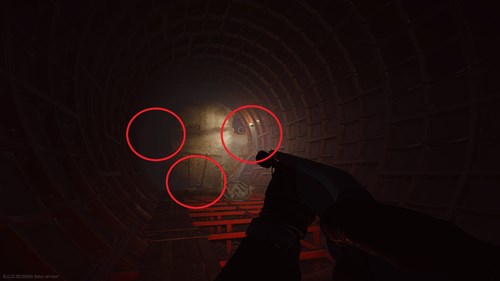
In the realm of technological advancements, a hidden world exists, concealed from public knowledge, operating in a veil of secrecy and security clearances. Known as “classified technologies,” these innovations are shrouded in mystery, with limited information accessible to the general public. This article aims to shed light on the enigmatic landscape of classified technologies, exploring their significance, potential applications, and ethical implications.
Defining Classified Technologies
Classified technologies encompass a diverse range of cutting-edge innovations developed and controlled by governments, defense organizations, and intelligence agencies worldwide. These technologies often surpass conventional advancements in their sophistication, granting a significant strategic advantage to the entities that possess them. The classification status restricts public access, safeguarding sensitive information from adversaries and unauthorized disclosure.
Secrecy and National Security
The primary rationale behind classifying technologies lies in safeguarding national security interests. By restricting access to certain advancements, governments can protect critical infrastructure, maintain military superiority, and mitigate potential threats. Moreover, classified technologies are vital in intelligence gathering and counterintelligence operations, allowing nations to preserve sensitive data from prying eyes.
Areas of Classified Technologies
While specific details remain elusive, certain domains are known to host classified technologies. These include, but are not limited to:
Advanced Weapon Systems: Classified technologies often feature groundbreaking advancements in weaponry, from precision-guided munitions and directed energy weapons to stealth technology and next-generation combat systems.
Surveillance and Reconnaissance: Governments invest heavily in classified surveillance technologies, which enable unprecedented capabilities in intelligence gathering, satellite imaging, and data analysis.
Cyber Warfare: The digital age has birthed a new era of warfare, and classified technologies in the realm of cybersecurity play a critical role in protecting national interests from cyber threats and attacks.
Space Technologies: Space exploration and national security intertwine, with classified advancements bolstering satellite communication, reconnaissance, and defense capabilities.
Biotechnology: Classified research in biotechnology may hold the key to medical breakthroughs, enhancing human performance, and potential applications in biological warfare defense.
Ethical and Societal Implications
The veil of secrecy surrounding classified technologies raises ethical concerns. Striking a balance between national security and public disclosure can be a delicate matter. Critics argue that excessive secrecy might lead to unchecked power, lack of accountability, and potential misuse of technologies. Additionally, the lack of transparency may hinder the international scientific community’s collaboration, slowing down global progress in various fields.
Furthermore, the potential for unintended consequences looms large. Inadvertent leaks or misuse of classified technologies could lead to severe security breaches, causing irreparable damage to both nations and individuals.
Conclusion
Classified technologies stand as a testament to human ingenuity and our relentless pursuit of innovation. While they serve as powerful tools for preserving national security and protecting citizens, their hidden nature evokes debate on transparency and ethical considerations.
As technology continues to advance, the delicate balance between secrecy and public disclosure will persist. Striving for responsible use, openness to international collaboration, and addressing ethical implications will be crucial in ensuring that classified technologies contribute positively to the world while safeguarding the interests of nations.
To Get More Info About Classified Technologies And Other Related Topic Visit Hint





